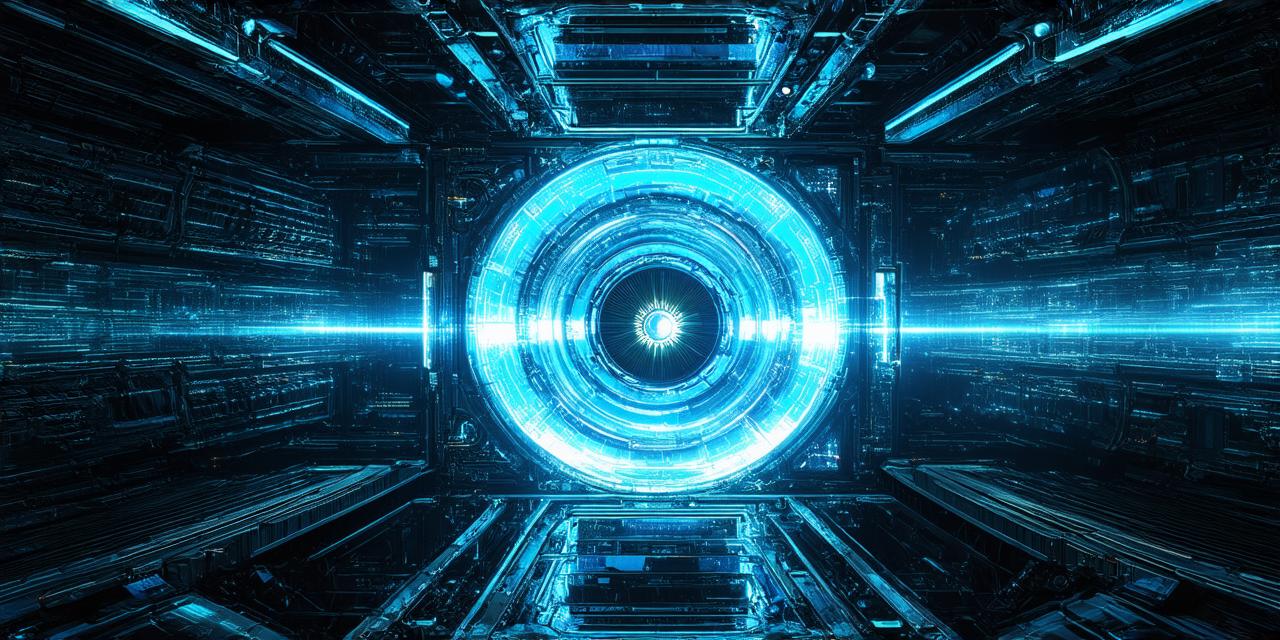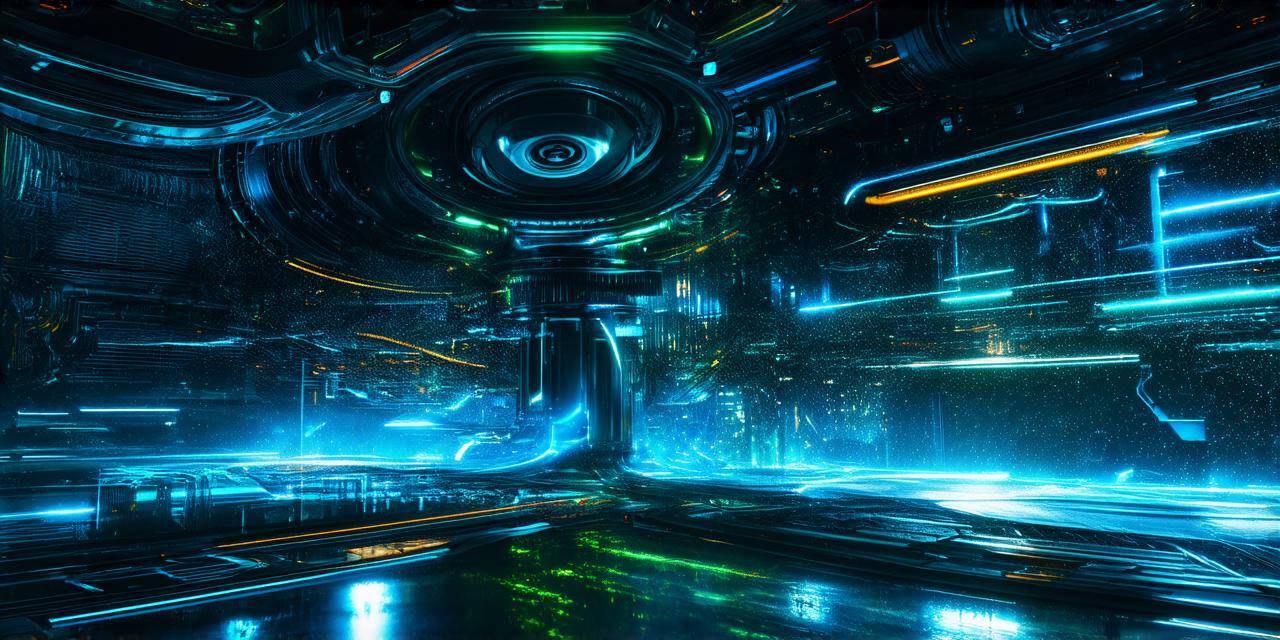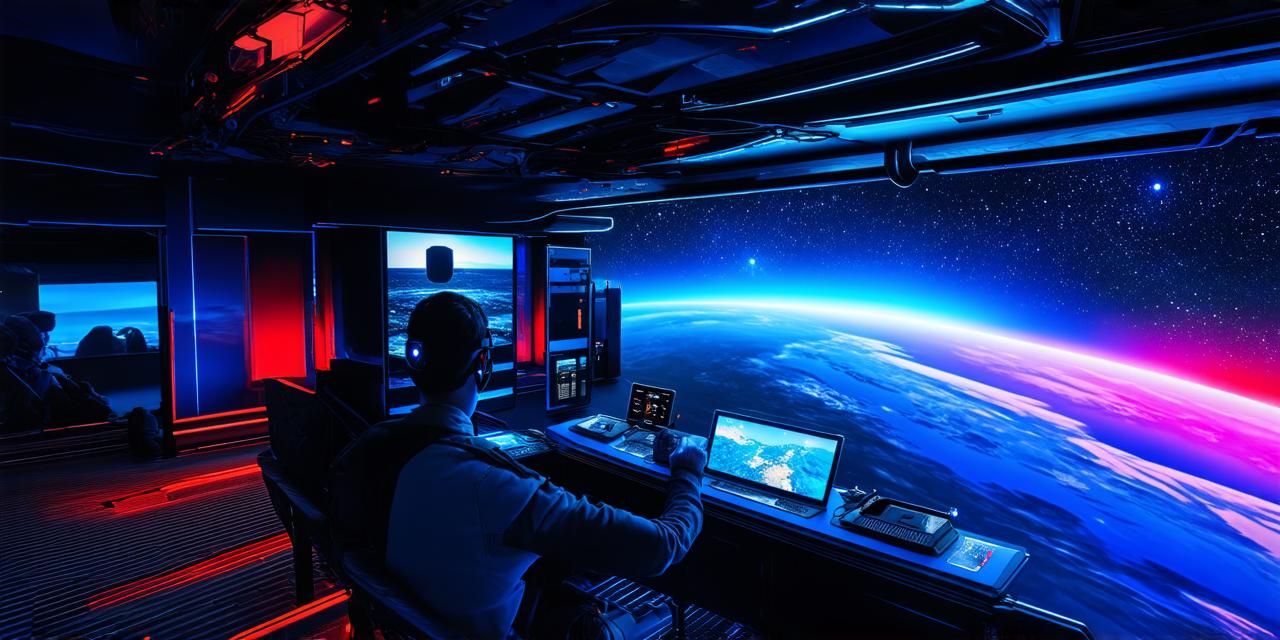Hardware Limitations: A Major Barrier to Entry
One of the biggest challenges facing mixed reality technology is the hardware limitations that currently exist. While advances in computer graphics and processing power have made it possible to create increasingly realistic and interactive virtual environments, the hardware required to run these experiences remains expensive and bulky.
To overcome this challenge, there are several approaches that could be taken. One option is to continue driving down the cost of hardware through technological innovation and economies of scale. Another approach would be to develop more efficient algorithms and software optimizations that can run on less powerful hardware, making MR experiences accessible to a wider audience. Additionally, there may be a shift towards cloud-based solutions that can deliver high-quality MR experiences over the internet, reducing the need for expensive hardware altogether.
User Experience: The Key to Success
Another major challenge facing mixed reality technology is ensuring a seamless and intuitive user experience. While MR technology has made incredible strides in recent years, there are still many issues that need to be addressed before it can become mainstream.
These include issues related to tracking, calibration, and interaction, as well as the overall ergonomics of wearing an MR headset for extended periods of time. To overcome this challenge, there is a need for continued research and development in areas such as motion capture, gesture recognition, and haptic feedback.
By improving these technologies, it will be possible to create more intuitive and natural interactions between users and virtual environments, making MR experiences more enjoyable and engaging. Additionally, there may be a shift towards more lightweight and comfortable hardware designs that can reduce fatigue and discomfort for long-term use.
Content Creation: A Growing Challenge
As mixed reality technology continues to grow in popularity, there is also a growing need for high-quality content. While there have been some impressive examples of MR content to date, there are still many challenges that content creators must overcome in order to create truly immersive and engaging experiences.
These include issues related to lighting, shadow effects, and real-time rendering, as well as the need for specialized tools and techniques to create content specifically designed for MR platforms. To overcome this challenge, there is a need for continued investment in research and development in areas such as 3D modeling, texturing, and animation, as well as the development of new tools and technologies specifically designed for MR content creation.
Additionally, there may be a shift towards more modular and flexible content creation platforms that can adapt to the unique needs of different MR platforms and applications.
Summary: The Future of Mixed Reality Technology
While there are still significant challenges facing mixed reality technology today, there is also tremendous potential for growth and innovation in this exciting field. By addressing the hardware limitations, user experience issues, and content creation challenges outlined above, it will be possible to create truly immersive and engaging MR experiences that can transform the way we interact with the digital world.
Whether you are a gamer, educator, healthcare professional, or entertainment enthusiast, mixed reality technology has the potential to revolutionize the way we experience reality itself.



